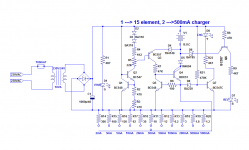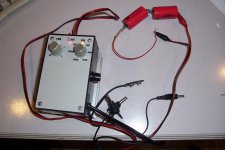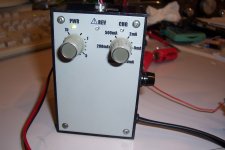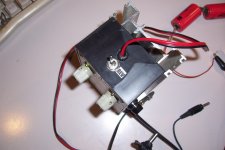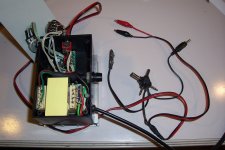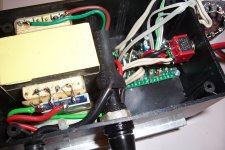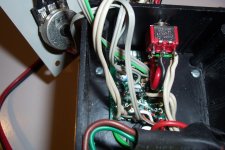You sometimes need to charge the odd element or pack in isolation, because the charging circuit is lost, broken or else.
A lab supply is ideally suited to the task: set the voltage to the fully charged voltage, adjust the current to C/5, C/10 or any suitable value and that's it.
Unfortunately, you need to mobilize a lab supply for several hours, which is not practical or efficient.
In my case, the supplies are part of my "instruments wall", meaning I have to power my whole lab as well.
20~30 years ago, I built a very simple and crude implement: a 120V wall-wart equipped with 3 series capacitors acting as ballast.
It delivered a current of 15, 50, 120mA at up to 24V and had damping components to suppress ferromagnetic resonance.
It was efficient, because of the reactive ballasts, but other than that it was pretty rudimentary.
I had used X-type Rifa capacitors, because I thought they were SOTA, reliable as a Volvo.
I was wrong: recently, one of the caps failed and began to smoulder, ending up in a short and frying the transformer which fortunately ended the show.
It very nearly caught fire though. Beware of Rifa caps!!
Now, I have built a successor, less efficient but more versatile and sophisticated: it charges 1 to 15 NiMh elements at a current selectable from 2mA to 500mA.
It is fully protected against overvoltages and reversals, and does not discharge the battery when unplugged from the mains.
It has no great originality, but it works well and has been built, tried and tested
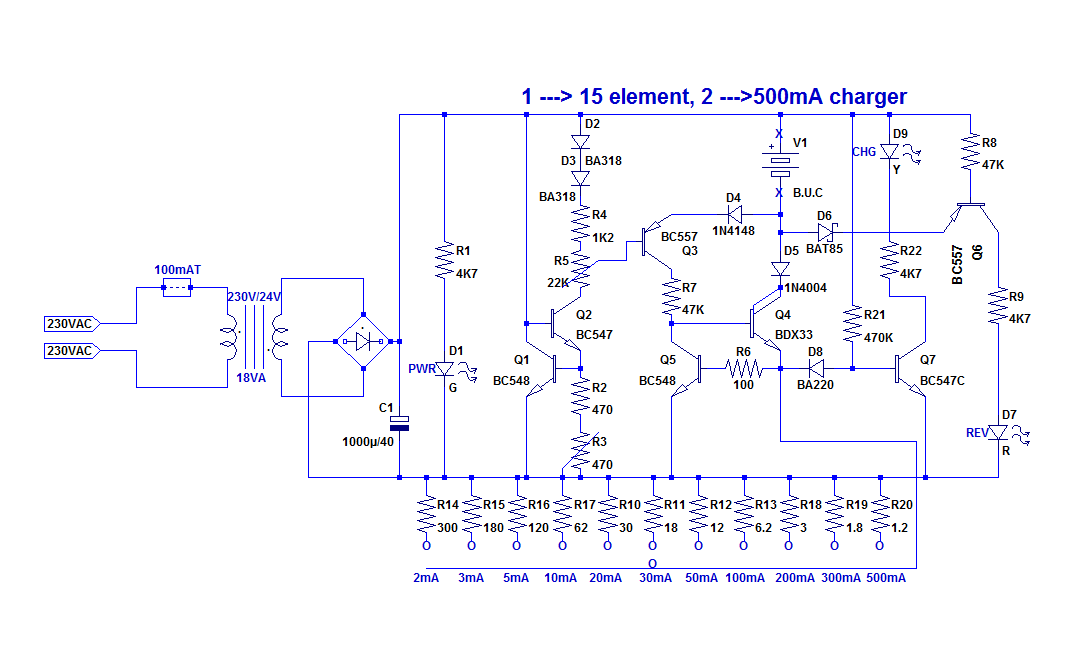
It is fitted with the usual multiplug combo lifted from a universal adapters, and also alligator clips for the rest
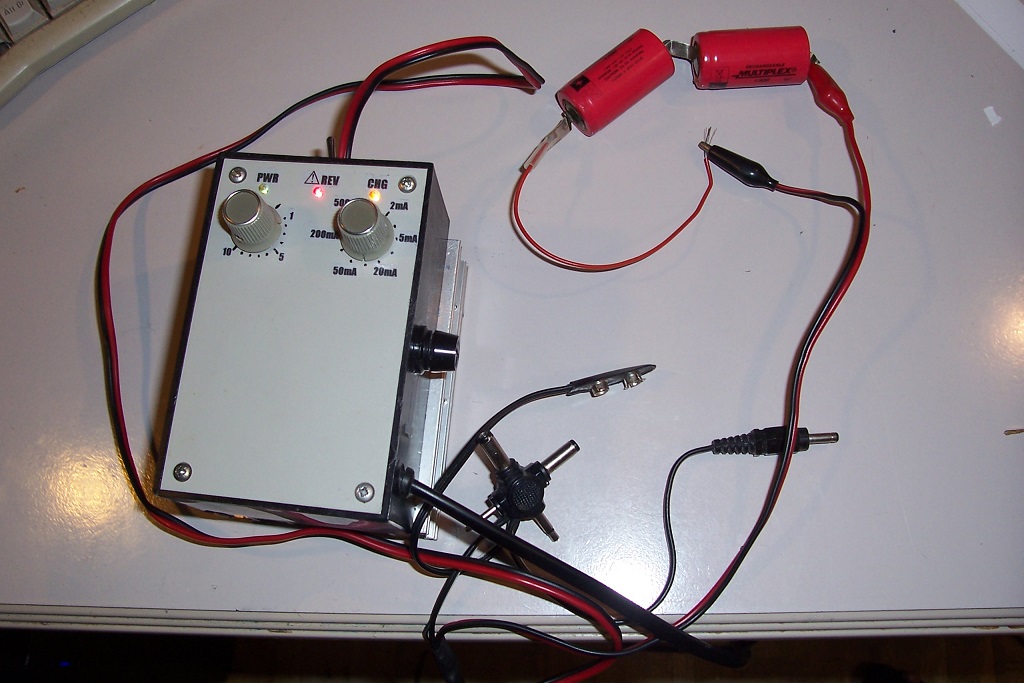
The voltage is calibrated directly in N° of elements (1.45V)
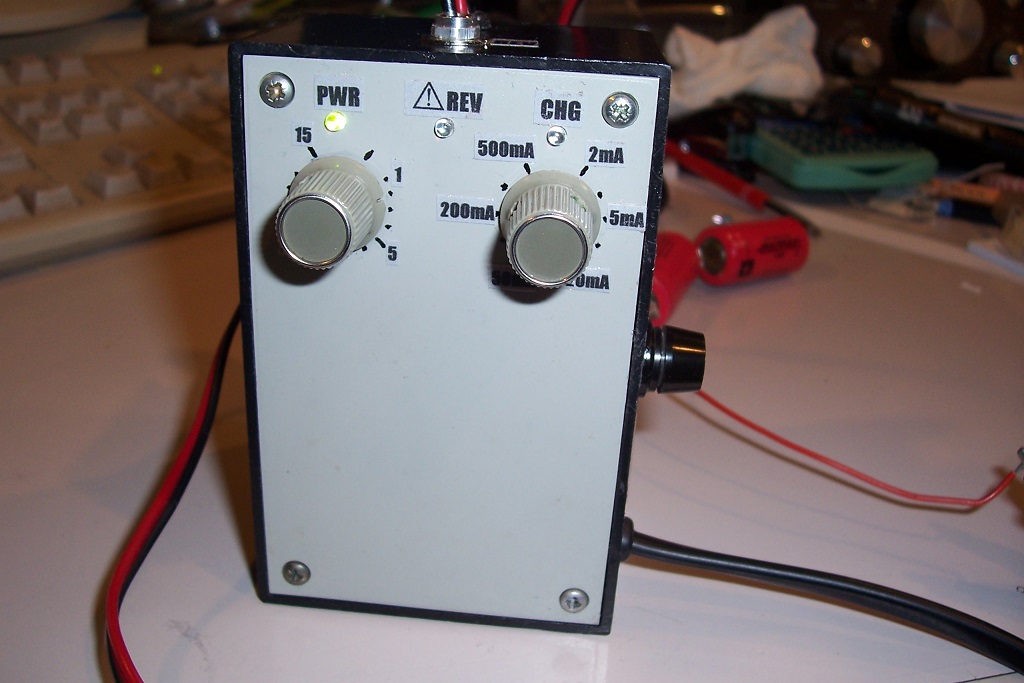
It is possible to reverse the polarity
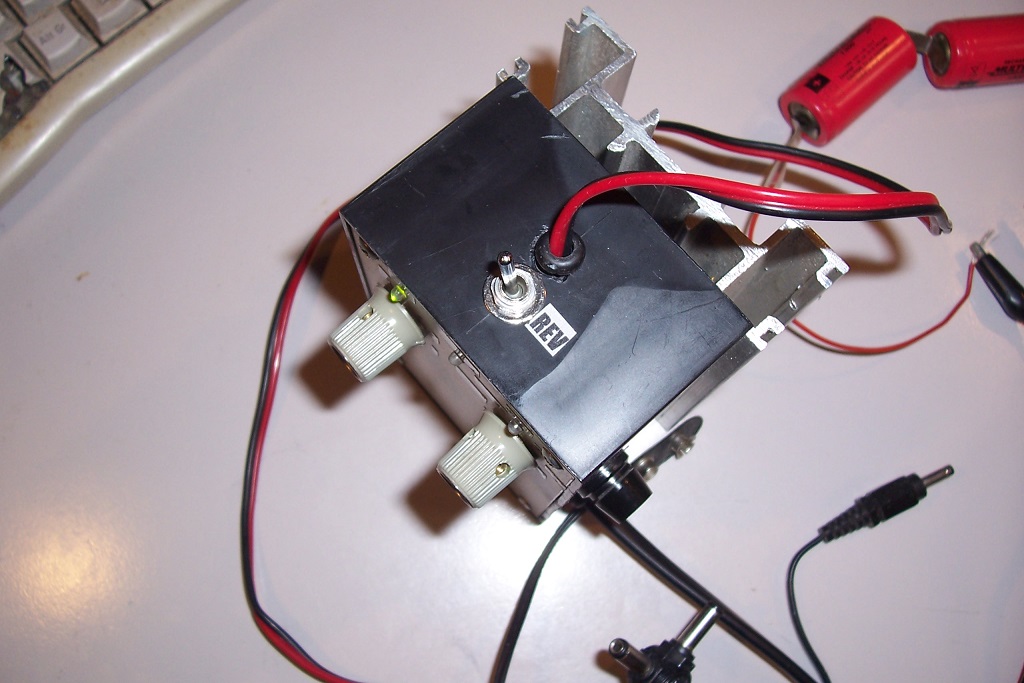
The construction is relatively compact
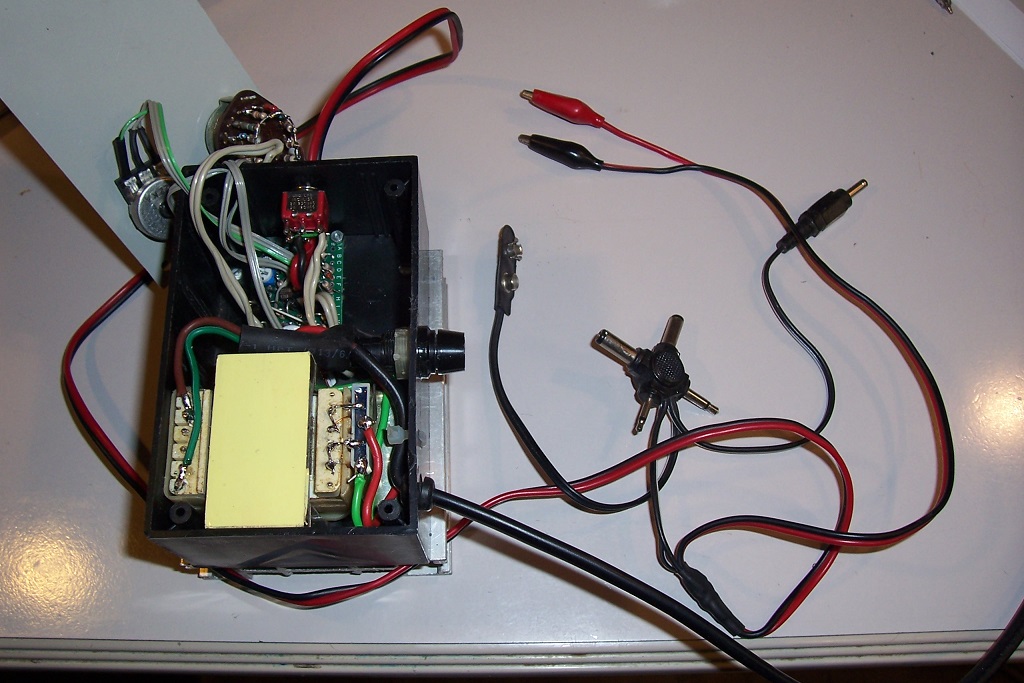

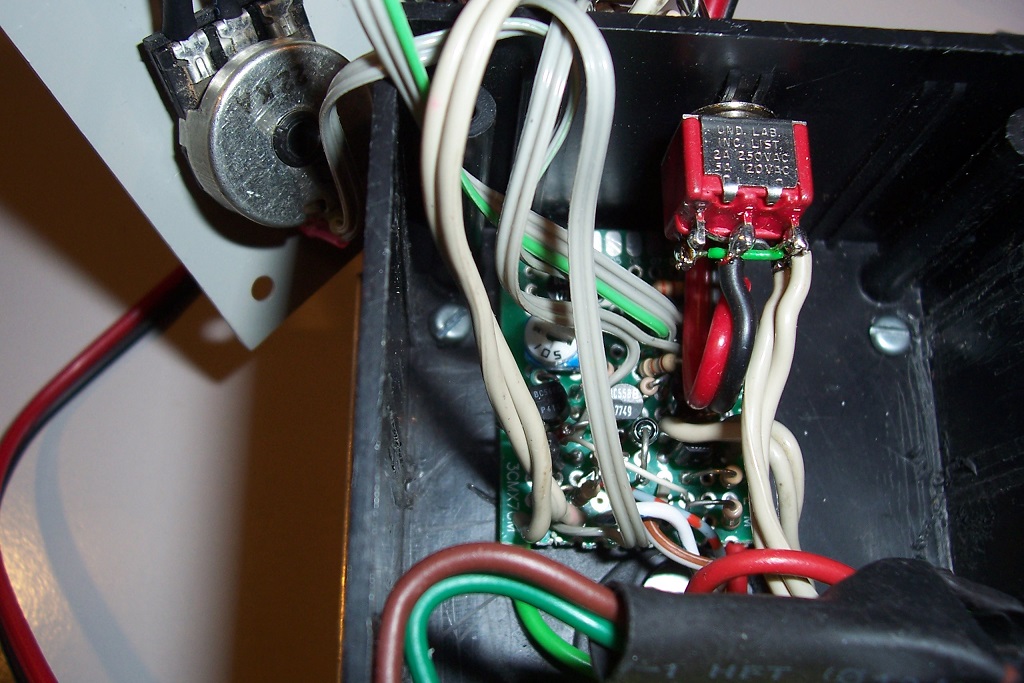
A lab supply is ideally suited to the task: set the voltage to the fully charged voltage, adjust the current to C/5, C/10 or any suitable value and that's it.
Unfortunately, you need to mobilize a lab supply for several hours, which is not practical or efficient.
In my case, the supplies are part of my "instruments wall", meaning I have to power my whole lab as well.
20~30 years ago, I built a very simple and crude implement: a 120V wall-wart equipped with 3 series capacitors acting as ballast.
It delivered a current of 15, 50, 120mA at up to 24V and had damping components to suppress ferromagnetic resonance.
It was efficient, because of the reactive ballasts, but other than that it was pretty rudimentary.
I had used X-type Rifa capacitors, because I thought they were SOTA, reliable as a Volvo.
I was wrong: recently, one of the caps failed and began to smoulder, ending up in a short and frying the transformer which fortunately ended the show.
It very nearly caught fire though. Beware of Rifa caps!!
Now, I have built a successor, less efficient but more versatile and sophisticated: it charges 1 to 15 NiMh elements at a current selectable from 2mA to 500mA.
It is fully protected against overvoltages and reversals, and does not discharge the battery when unplugged from the mains.
It has no great originality, but it works well and has been built, tried and tested
It is fitted with the usual multiplug combo lifted from a universal adapters, and also alligator clips for the rest
The voltage is calibrated directly in N° of elements (1.45V)
It is possible to reverse the polarity
The construction is relatively compact
Attachments
Some additional information:
R3 is used to set the maximum end of charge voltage, in this case 15 elements ~=22V.
Set the current to 500mA, R5 to the maximum, load the output with a 330 ohm and adjust R3 to read 22V at the output.
I used a potentiometer rather than resistors+selector, because regular selectors have 12 positions max.
It would of course be possible to calibrate the scale in volts rather than elements, or to calibrate it for a different chemistry, like lead-acid.
I only use NiMh, and it is highly inadvisable to use an informal charger on lithium elements.
The charging current can be as low as 2mA, mostly because the selector had enough positions for it.
In practice, 10mA would be sufficient in 99% of the cases.
D2, 3 are dedicated stabistor diodes, their behaviour is more deterministic than a 1N4148, but they are not compulsory.
D8 is also a stabistor, and it is more important to have it right, to ensure a reliable EOC indication.
A very small schottky such as the BAT81 is also suitable, with a R21 of 100 to 220K.
A BAT85 requires a bias current of >1mA which would upset the accuracy of the low-current settings.
The power darlington is a BDX33, because it has a relatively large B-E resistor of 10K, allowing a minimum parasitic current through R7.
Both the voltage and the current have an uncompensated negative tempco: it helps protect the battery and the charger under hot ambient conditions.
R3 is used to set the maximum end of charge voltage, in this case 15 elements ~=22V.
Set the current to 500mA, R5 to the maximum, load the output with a 330 ohm and adjust R3 to read 22V at the output.
I used a potentiometer rather than resistors+selector, because regular selectors have 12 positions max.
It would of course be possible to calibrate the scale in volts rather than elements, or to calibrate it for a different chemistry, like lead-acid.
I only use NiMh, and it is highly inadvisable to use an informal charger on lithium elements.
The charging current can be as low as 2mA, mostly because the selector had enough positions for it.
In practice, 10mA would be sufficient in 99% of the cases.
D2, 3 are dedicated stabistor diodes, their behaviour is more deterministic than a 1N4148, but they are not compulsory.
D8 is also a stabistor, and it is more important to have it right, to ensure a reliable EOC indication.
A very small schottky such as the BAT81 is also suitable, with a R21 of 100 to 220K.
A BAT85 requires a bias current of >1mA which would upset the accuracy of the low-current settings.
The power darlington is a BDX33, because it has a relatively large B-E resistor of 10K, allowing a minimum parasitic current through R7.
Both the voltage and the current have an uncompensated negative tempco: it helps protect the battery and the charger under hot ambient conditions.
